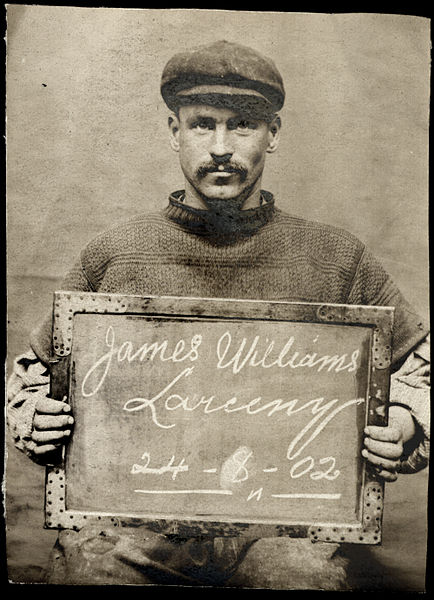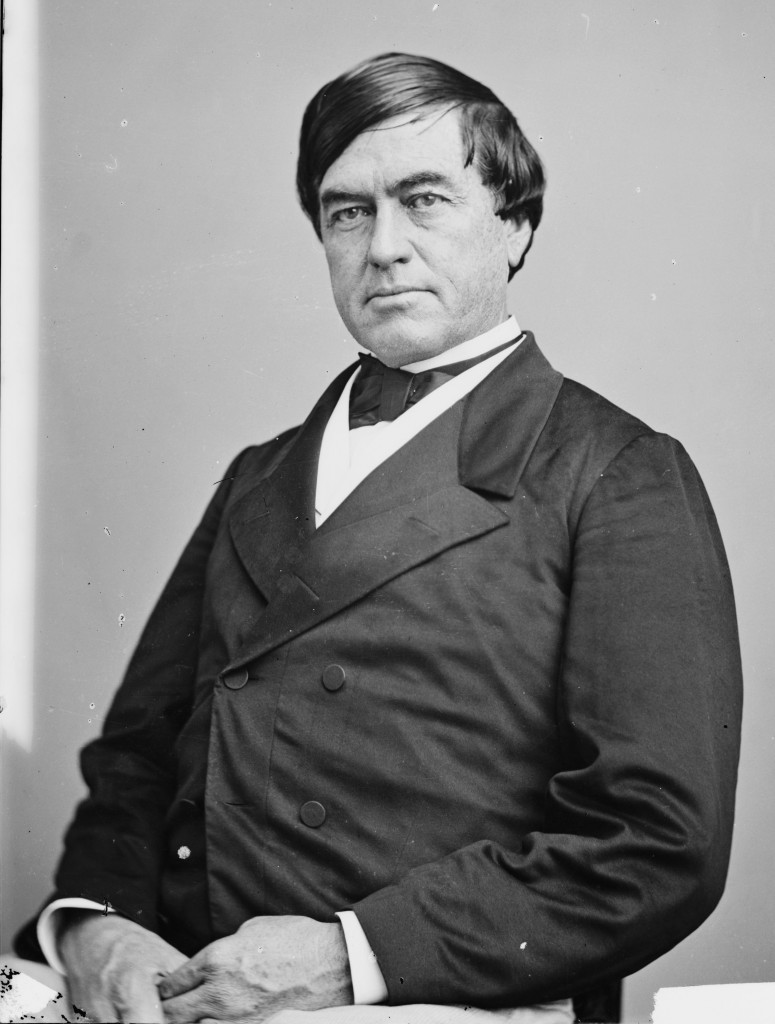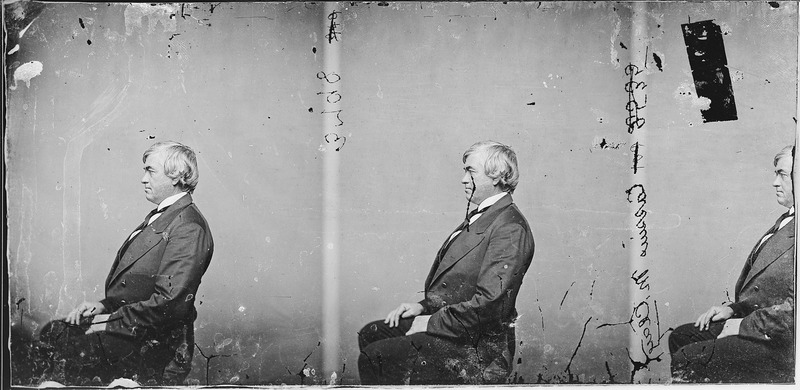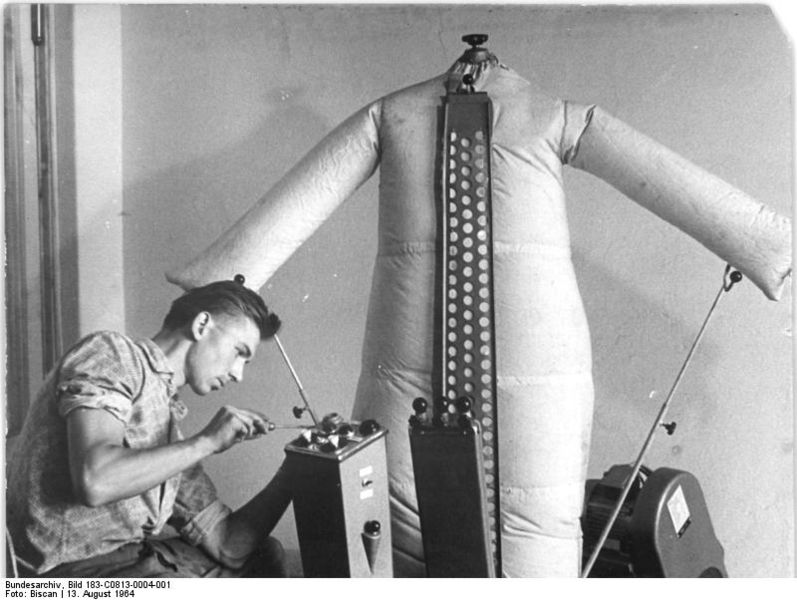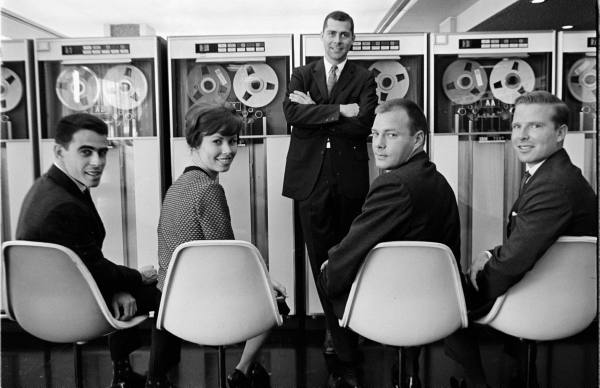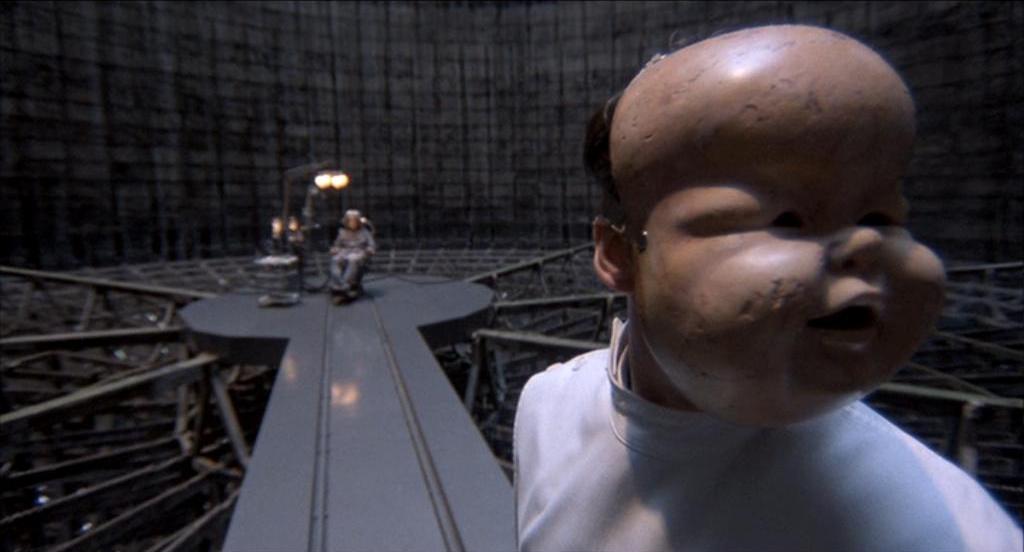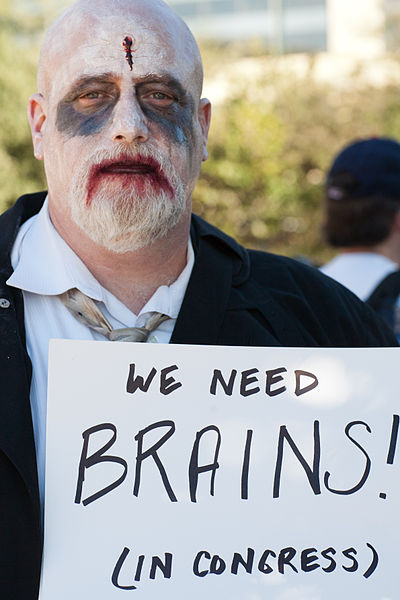
Numbers don’t kill all the narratives, just the fictional ones. But the numbers have to be done correctly or they create their own fictions.
During the 1950s, advertising legend David Ogilvy was doing market research for movie studios, figuring out which stars were worth big bucks and which were overpaid. It was a matter of surveying the public with carefully crafted questions. Today Nick Meaney does something similar, relying instead on computers that crunch numbers. From “Slaves to the Algorithm,” Tom Whipple’s Intelligent Life article about the new math, a passage about Meaney’s world:
“The headquarters of Epagogix, [Nick] Meaney’s company, do not look like the sort of headquarters from which one would confidently launch an attack on Hollywood royalty. A few attic rooms in a shared south London office, they don’t even look as if they would trouble Dollywood. But my meeting with Meaney will be cut short because of another he has, with two film executives. And at the end, he will ask me not to print the full names of his analysts, or his full address. He is worried that they could be poached.
Worse though, far worse, would be if someone in Hollywood filched his computer. It is here that the iconoclasm happens. When Meaney is given a job by a studio, the first thing he does is quantify thousands of factors, drawn from the script. Are there clear bad guys? How much empathy is there with the protagonist? Is there a sidekick? The complex interplay of these factors is then compared by the computer to their interplay in previous films, with known box-office takings. The last calculation is what it expects the film to make. In 83% of cases, this guess turns out to be within $10m of the total. Meaney, to all intents and purposes, has an algorithm that judges the value—or at least the earning power—of art.
To explain how, he shows me a two-dimensional representation: a grid in which each column is an input, each row a film. ‘Curiously,’ Meaney says, ‘if we block this column…’ With one hand, he obliterates the input labelled ‘star,’ casually rendering everyone from Clooney to Cruise, Damon to De Niro, an irrelevancy. ‘ In almost every case, it makes no difference to the money column.’
‘For me that’s interesting. The first time I saw that I said to the mathematician, ‘You’ve got to change your program—this is wrong.’ He said, ‘I couldn’t care less—it’s the numbers.’’ There are four exceptions to his rules. If you hire Will Smith, Brad Pitt or Johnny Depp, you seem to make a return. The fourth? As far as Epagogix can tell, there is an actress, one of the biggest names in the business, who is actually a negative influence on a film. ‘It’s very sad for her,’ he says. But hers is a name he cannot reveal.”










